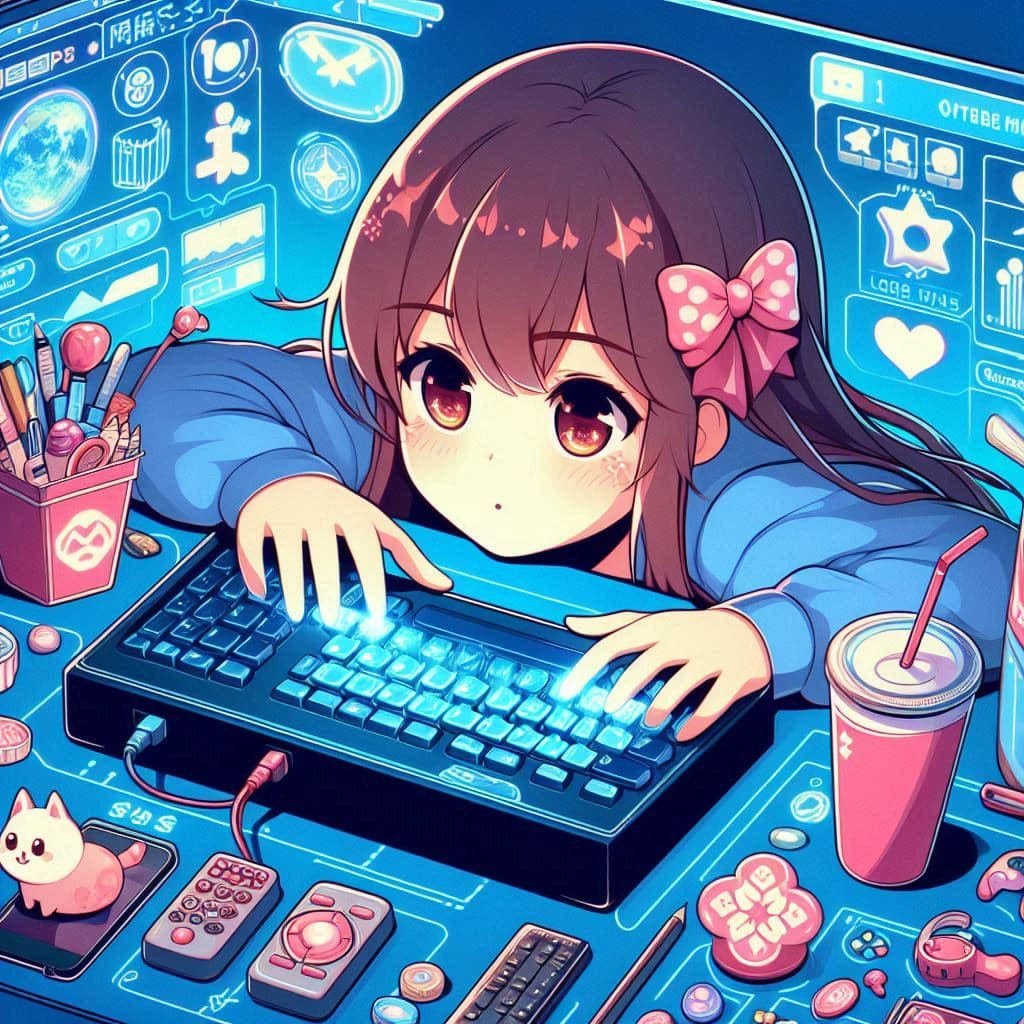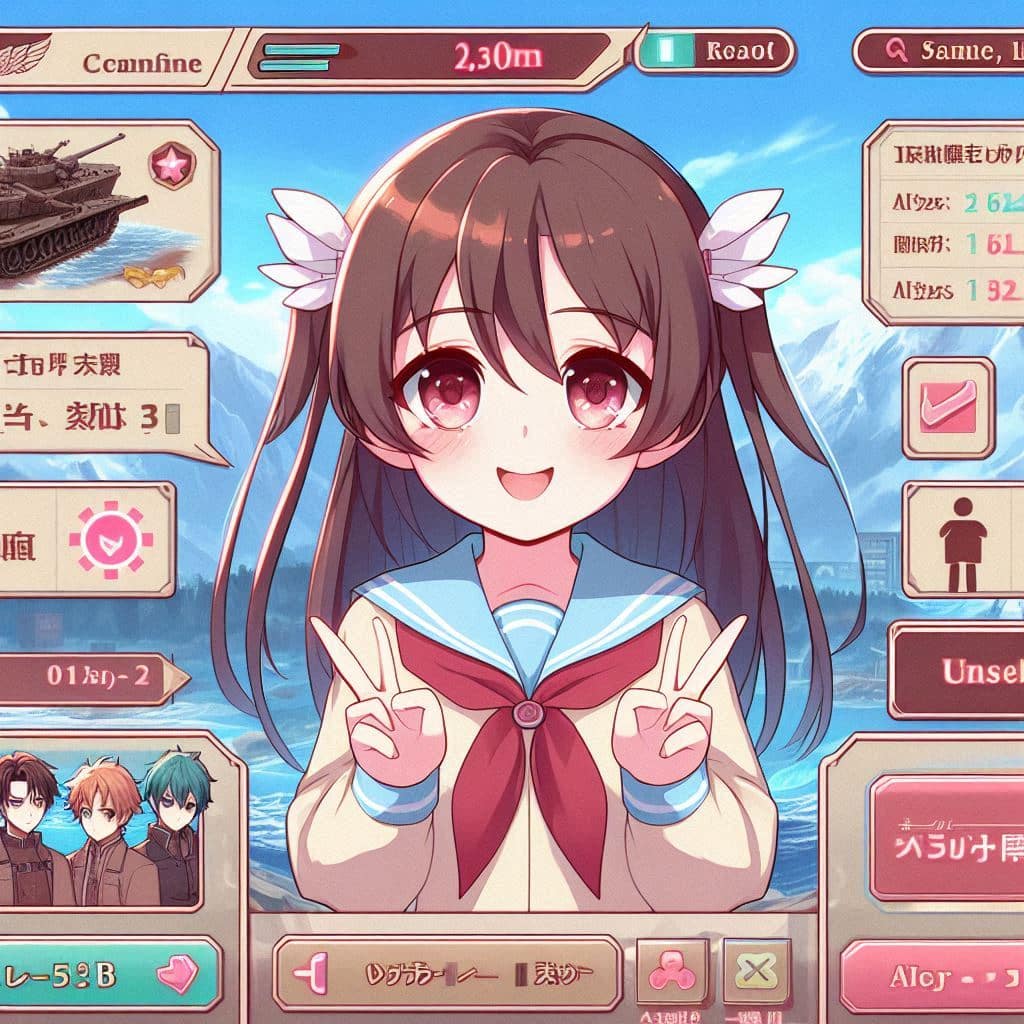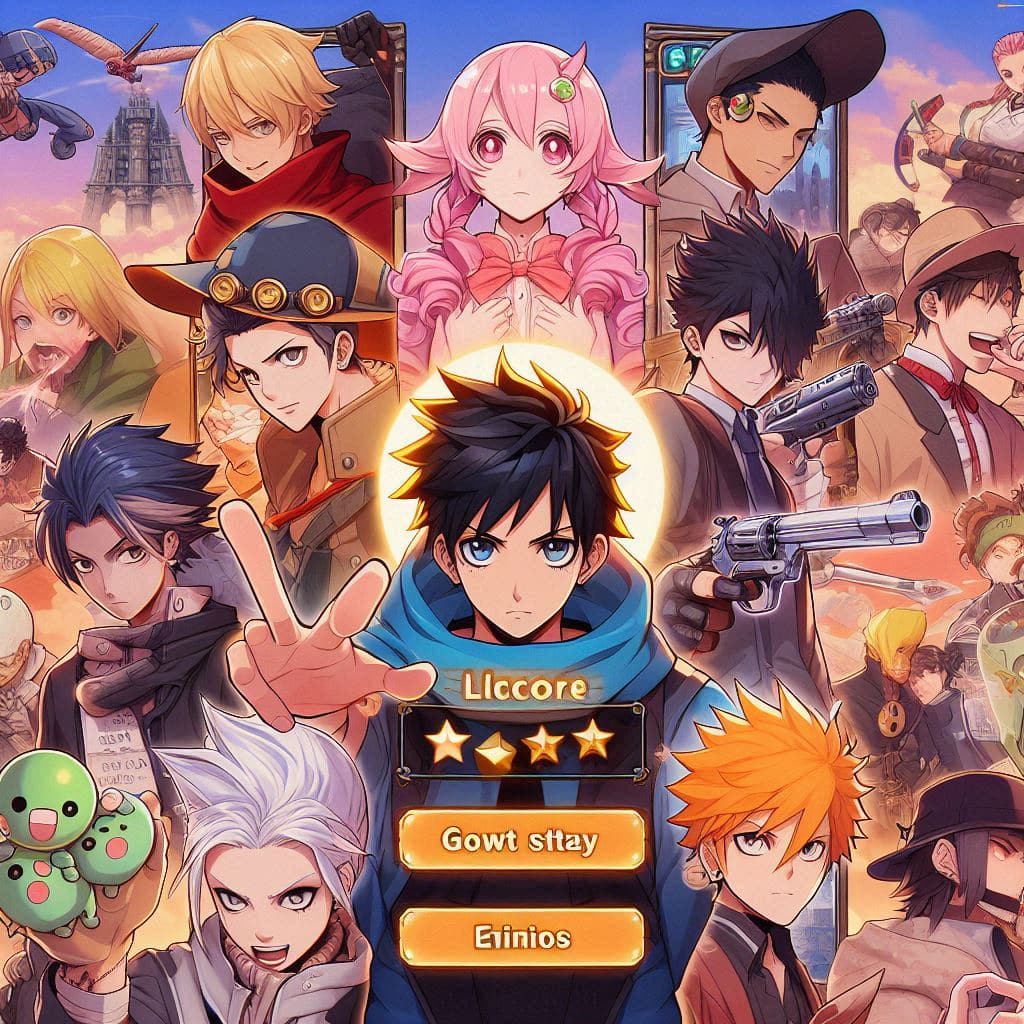Introduction
Designing a game isn’t just about crafting compelling narratives or immersive graphics; the user interface (UI) plays a pivotal role in how players experience your game. A user-friendly game UI can make the difference between a player who feels frustrated and one who feels engrossed. Whether you’re a seasoned developer or just starting out, understanding the principles of effective UI design is crucial.
In this blog post, we’ll delve into best practices for designing intuitive and user-friendly game interfaces. We’ll explore essential game UI tips, backed by real-world examples and use case scenarios to help you create engaging and accessible game experiences.

1. Understand Your Audience
Know Your Players: Different types of games attract different kinds of players. Understanding your target audience is the first step in designing a user-friendly game UI. For example, a strategy game might require more complex menus and options, while a casual mobile game should focus on simplicity and ease of use.
Use Case Scenario: Imagine you’re designing a mobile puzzle game aimed at casual gamers. Your audience likely includes people who play in short bursts, possibly while commuting or during breaks. Therefore, your UI should be intuitive, with large buttons, minimal text, and clear visual cues.
Read more: Mastering Interfaces and Abstract Classes in Unity Game Development(Opens in a new browser tab)
2. Prioritize Clarity and Simplicity
Keep It Simple: A cluttered interface can overwhelm players and detract from the gaming experience. Aim for a clean, minimalist design that highlights essential elements. Avoid unnecessary complexity that can confuse players.
Visual Hierarchy: Use size, color, and placement to create a visual hierarchy that guides players’ attention to the most important elements first. For example, in a shooter game, the health bar and ammunition count should be prominently displayed.
Use Case Scenario: In a fantasy RPG, you need to display the player’s health, mana, and inventory. Instead of cramming all this information into a single corner, spread it out logically across the screen, using icons and colors to differentiate between them.
3. Consistency is Key
Uniform Design Language: Consistency in your UI design helps players understand and predict interactions. Use a consistent design language for buttons, icons, fonts, and colors throughout the game.
Feedback and Response: Consistent feedback for player actions is crucial. If a button looks the same across different screens, it should perform the same function. This predictability helps players feel more in control.
Use Case Scenario: If your game uses a specific icon for inventory access, make sure this icon is always located in the same place and behaves the same way across all menus and screens.
4. Make Navigation Intuitive
Natural Flow: Navigation should feel natural and intuitive. Players should be able to move through menus and screens without confusion. Use familiar UI patterns and avoid placing essential options in obscure locations.
Breadcrumbs and Indicators: Use breadcrumbs or other visual indicators to show players where they are within the game’s menus. This helps prevent players from getting lost in complex menu structures.
Use Case Scenario: For an open-world adventure game, consider using a mini-map and clear on-screen indicators to help players navigate the world and find quests or points of interest.
5. Responsive and Accessible Design
Responsive UI: Ensure your UI works well on different screen sizes and resolutions. This is especially important for games that will be played on multiple platforms, such as PCs, consoles, and mobile devices.
Accessibility Options: Consider players with different abilities. Include options for colorblind modes, adjustable text sizes, and alternative control schemes. An inclusive design makes your game accessible to a wider audience.
Use Case Scenario: In a puzzle game, provide an option for players to adjust the color scheme to accommodate colorblindness. Additionally, include hints or tutorials that can be toggled on or off to help new players learn the game mechanics.
6. Provide Clear Feedback
Instant Feedback: Players should receive immediate feedback for their actions. This can be visual (like a button changing color), auditory (a sound effect), or haptic (vibration feedback on mobile devices).
Error Messages and Tips: When something goes wrong, provide clear error messages and helpful tips. Avoid technical jargon and instead use simple language that players can easily understand.
Use Case Scenario: In an action game, if a player tries to use a skill that is on cooldown, provide a visual and auditory cue to indicate why the action cannot be performed, such as a grayed-out icon and a brief sound.
Read more: Core Principles of Game Design: Creating Engaging and Fun Games(Opens in a new browser tab)
7. Test and Iterate
Playtesting: Regular playtesting is vital for identifying UI issues and gathering feedback from real players. Observe how players interact with your game and make note of any difficulties they encounter.
Iterate Based on Feedback: Use the feedback from playtesting to make informed improvements to your UI. Iteration is a continuous process that helps refine and polish your game’s interface.
Use Case Scenario: During playtesting of your platformer game, you notice that players often struggle to find the exit in each level. Based on this feedback, you decide to add a glowing outline to the exit door, making it easier to spot.
8. Enhance Aesthetics with Purpose
Aesthetic Appeal: A visually appealing UI can enhance the overall gaming experience. However, aesthetics should never come at the expense of functionality. Ensure that your design choices serve a purpose and improve usability.
Thematic Consistency: Your UI should match the game’s theme and atmosphere. A sci-fi game might use sleek, futuristic designs, while a fantasy game might opt for ornate, medieval-style elements.
Use Case Scenario: In a cyberpunk game, use neon colors, holographic effects, and futuristic fonts to create an immersive interface that complements the game’s setting. Ensure these elements are not just decorative but also improve navigation and readability.

9. Utilize Tooltips and Tutorials
In-Game Tutorials: Provide interactive tutorials that guide players through the UI and game mechanics. Avoid overwhelming players with too much information at once; introduce concepts gradually.
Tooltips: Use tooltips to offer additional information about UI elements without cluttering the screen. Tooltips can appear when players hover over or select an element, providing context and explanations.
Use Case Scenario: In a strategy game, include a tutorial level that explains how to manage resources and build structures. Use tooltips to give players detailed information about each resource and structure when they hover over them.
10. Keep Player Feedback Channels Open
Continuous Improvement: Encourage players to provide feedback on the UI throughout the game’s lifecycle. Use forums, social media, and in-game feedback forms to gather insights and suggestions.
Act on Feedback: Show players that their feedback is valued by implementing changes and improvements based on their suggestions. This fosters a sense of community and investment in the game’s development.
Use Case Scenario: After launching your multiplayer shooter, you receive feedback that the in-game chat interface is difficult to use. You decide to redesign the chat window to make it more accessible and user-friendly, based on player suggestions.
Conclusion
Designing a user-friendly game UI is a blend of art and science. By understanding your audience, prioritizing clarity and simplicity, maintaining consistency, and iterating based on feedback, you can create interfaces that enhance the player experience and keep them engaged. Remember, the best UIs are those that players barely notice because they seamlessly integrate into the gaming experience.
As you embark on your next game development project, keep these tips in mind to ensure your UI not only looks great but also serves the needs of your players. Happy designing!
By focusing on these best practices and continuously refining your approach, you can design game interfaces that are intuitive, accessible, and enjoyable for all players. Whether you’re creating a casual mobile game or an intricate RPG, a user-friendly UI will always be a key component of your game’s success.



